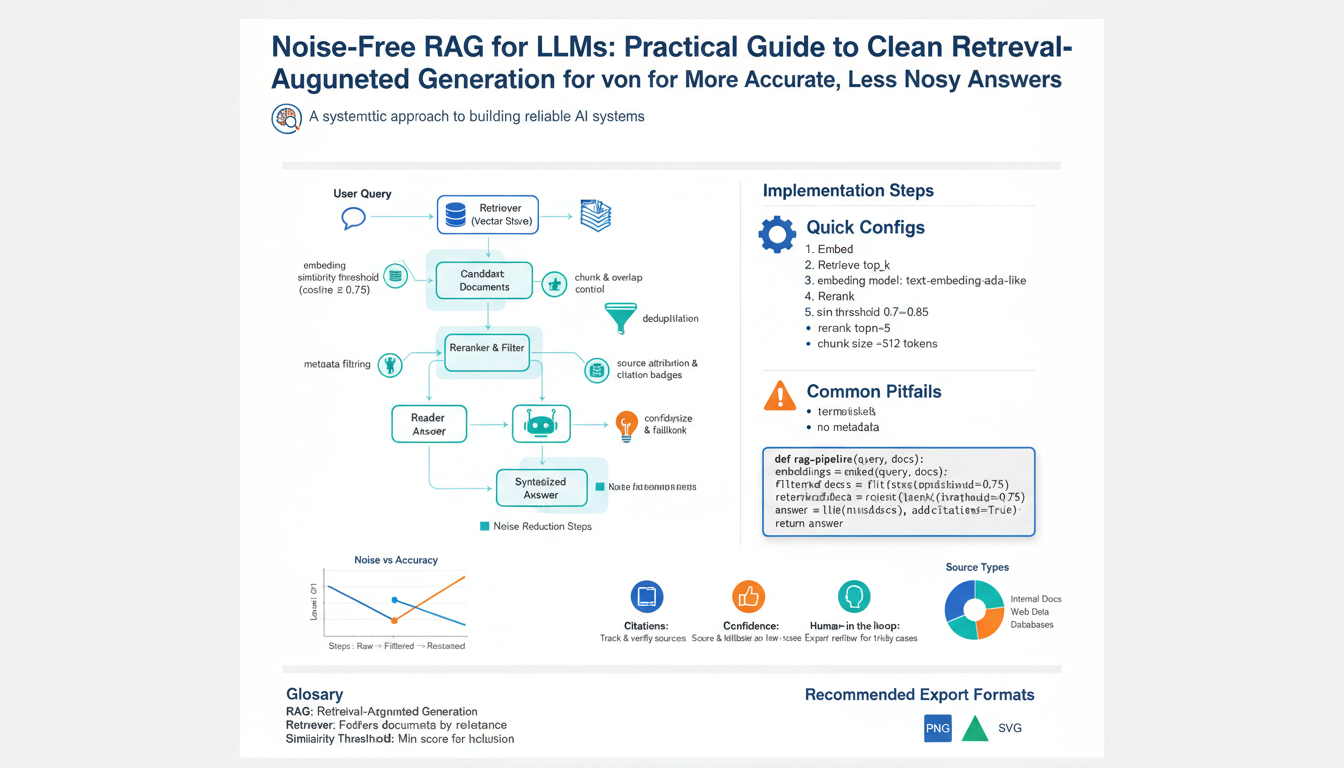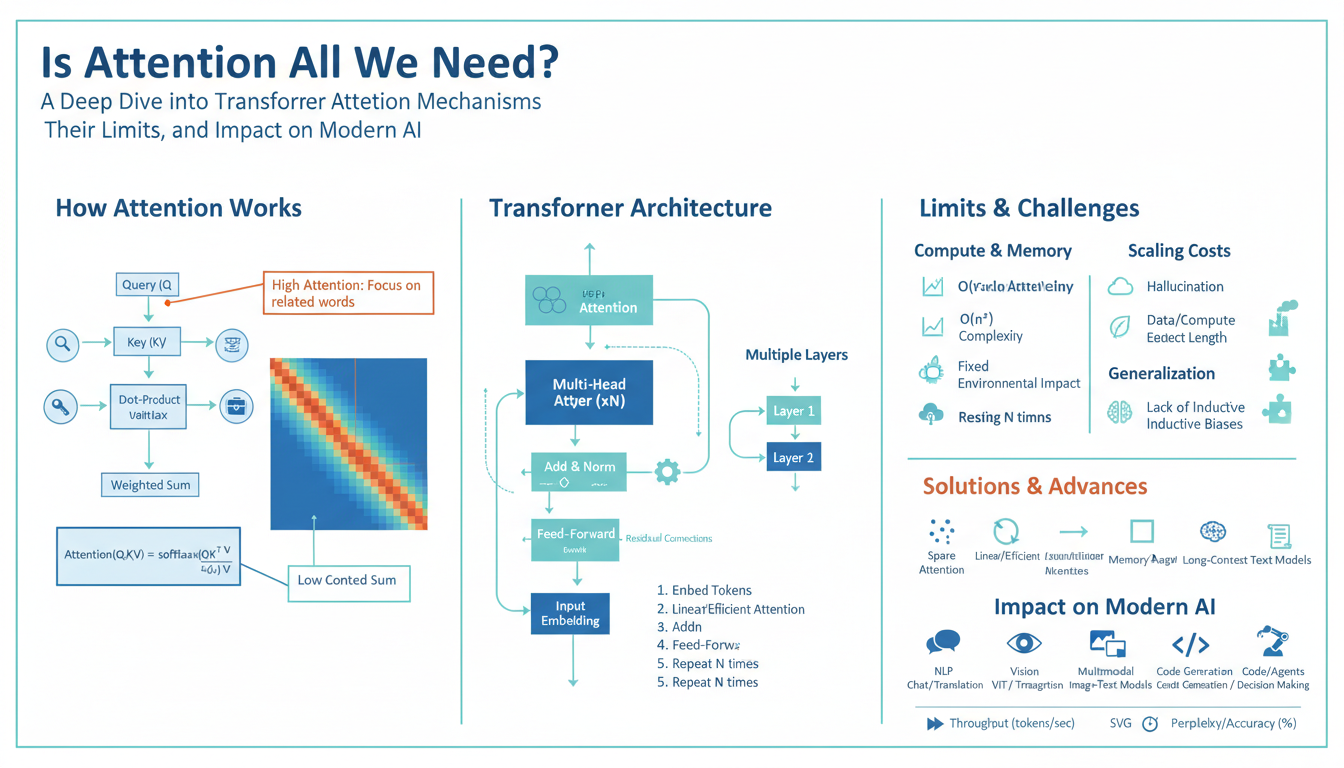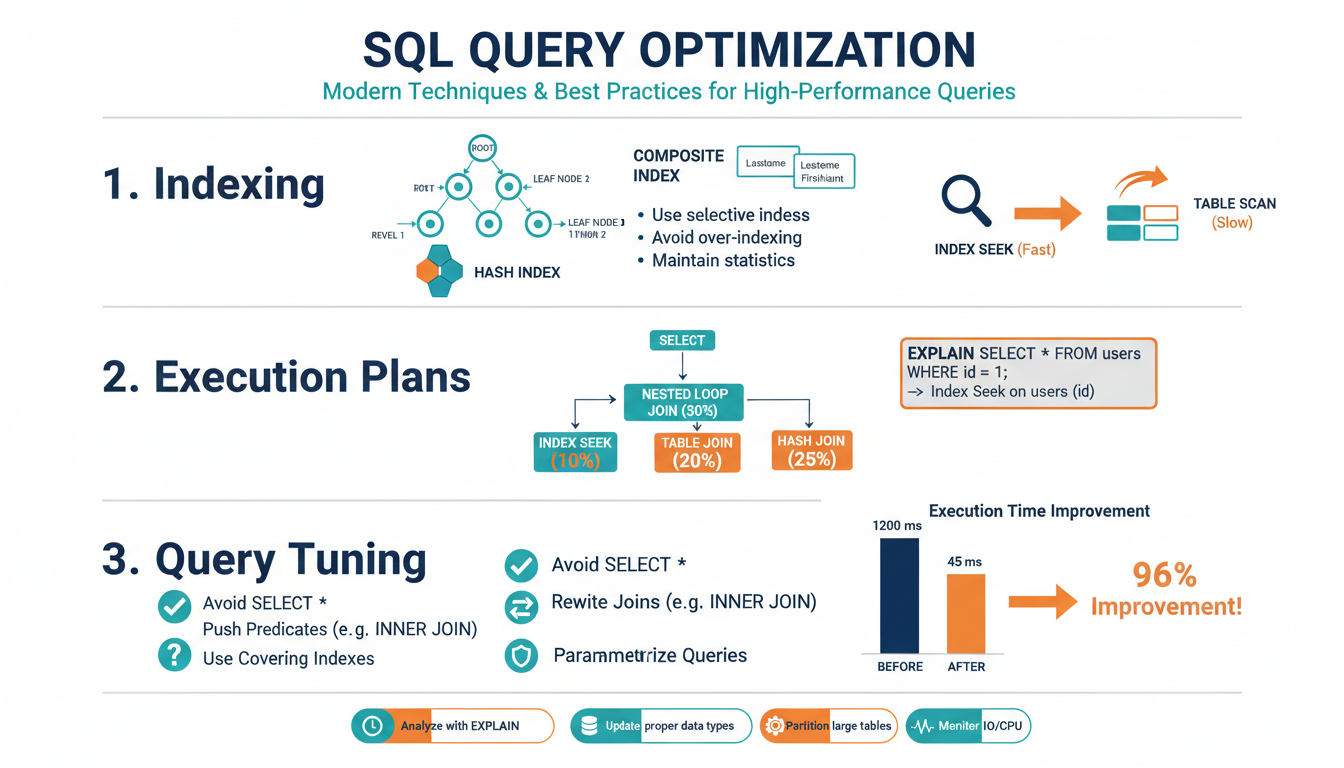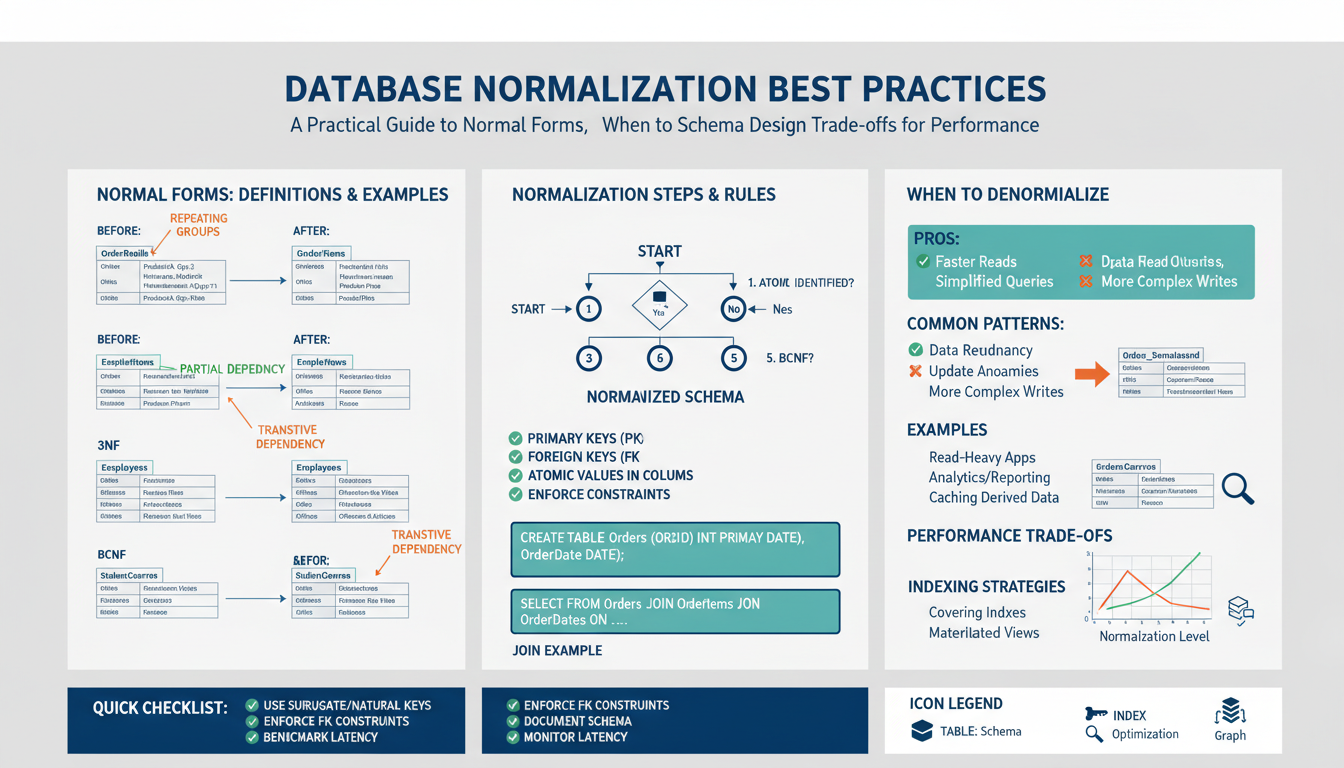What is Sentiment Analysis?
Sentiment analysis, also known as opinion mining, is a branch of natural language processing (NLP) that focuses on identifying and extracting subjective information from text. At its core, this technique helps determine whether written content expresses a positive, negative, or neutral attitude toward a particular subject. Businesses, researchers, and developers widely use sentiment analysis to gauge public opinion, monitor brand reputation, and understand customer experiences in real time.
Sentiment analysis can be broadly categorized into three types: document-level, sentence-level, and aspect-level. Document-level sentiment analysis evaluates the overall sentiment of an entire document, such as a product review or an article. Sentence-level analysis zeroes in on the sentiment expressed within individual sentences, and aspect-level analysis identifies sentiment about specific aspects or features of a subject, offering more granular insights. For example, a user review of a smartphone could express positive sentiment about the camera but negative sentiment about the battery life, which aspect-level analysis would uniquely capture.
The advent of large-scale social media platforms and e-commerce websites has generated an enormous volume of user-generated content. This has accelerated the adoption of sentiment analysis as companies look to drive business intelligence and enhance customer satisfaction by interpreting this ocean of opinions. Platforms like Twitter, Facebook, and Amazon offer rich real-time data that, when analyzed, can reveal valuable trends and customer preferences that would otherwise be hidden within massive amounts of unstructured text data.
Modern sentiment analysis models often employ machine learning or deep learning techniques to improve accuracy and cope with the complexity of human language, including sarcasm, slang, and context-dependent expressions. Python, with its versatile libraries such as NLTK, scikit-learn, and TextBlob, has become a preferred language for developing sentiment analysis solutions. These tools allow for the rapid development and deployment of models capable of processing and interpreting text data efficiently.
For instance, a basic example in Python using TextBlob can quickly classify text:
from textblob import TextBlob
review = TextBlob("The new update makes the app faster and more reliable.")
print(review.sentiment)
This code snippet will output a polarity score indicating the sentiment and a subjectivity score reflecting the degree of personal opinion in the text.
As businesses increasingly rely on data-driven strategies, sentiment analysis serves as a bridge between raw textual data and actionable insights. This empowers organizations to react promptly to customer feedback, anticipate market shifts, and maintain a competitive edge. For a deeper technical understanding of sentiment analysis and its applications, the ScienceDirect article on sentiment analysis provides comprehensive details and case studies.
Why Python for Sentiment Analysis?
Python has emerged as the go-to programming language for sentiment analysis, and not by coincidence. Its versatility, extensive libraries, and robust community support make it an outstanding choice for both beginners and professionals in Natural Language Processing (NLP).
One of Python’s primary advantages is its ease of use and readability, allowing developers to prototype and implement sentiment analysis solutions quickly. Even those new to coding can follow intuitive syntaxes and experiment with real-world text data without a steep learning curve. This has accelerated adoption not just in academia, but also among businesses looking to unlock insights from customer feedback, social media, product reviews, and more.
Python’s NLP ecosystem is unrivaled. Libraries such as Natural Language Toolkit (NLTK), spaCy, and TextBlob provide comprehensive tools for tokenization, part-of-speech tagging, sentiment polarity detection, and beyond. For more sophisticated needs, frameworks like TensorFlow and PyTorch enable building custom, deep learning-based sentiment models. These tools are continuously updated, reflecting the latest breakthroughs in NLP from top research labs worldwide (Stanford AI Blog).
The flexibility to process various data formats—ranging from email threads to large-scale Twitter streams—also sets Python apart. With libraries like pandas for data manipulation and Requests for web scraping, extracting and cleansing text data becomes seamless and efficient.
Let’s consider a practical example: analyzing customer feedback from online reviews. Using Python’s TextBlob, you can perform sentiment analysis in just a few lines of code:
from textblob import TextBlob
review = "I absolutely love this new phone! It’s fast, sleek, and reliable."
analysis = TextBlob(review)
print(analysis.sentiment)
This script quickly returns sentiment polarity and subjectivity scores, making business insight extraction practically effortless. For more advanced needs, Python allows developers to incorporate custom lexicons or even train machine learning models on domain-specific data sets, ensuring relevance and accuracy (ACL Anthology).
Moreover, Python’s strong integration capabilities with visualization libraries like matplotlib and seaborn empower users to create interactive dashboards and visual reports, shaping raw sentiment data into business-driven, data-backed strategies.
In short, Python’s rich toolchain, approachable syntax, and community-driven innovations make it the ideal foundation for turning unstructured raw text into actionable real-time business insights. For a deeper dive into Python’s NLP capabilities, check out resources from the Google Machine Learning Guides.
Step 1: Preprocessing Raw Text Data
The foundation of any effective sentiment analysis project begins with preprocessing raw text data. This crucial step transforms unstructured text into a format suitable for machine learning models, directly impacting the accuracy and reliability of insights. Let’s dive deeply into why preprocessing matters, its core components, and best practices with practical examples.
1. Why Preprocessing is Essential
Raw text data, such as customer reviews or social media posts, is often noisy and inconsistent. Preprocessing standardizes the content, removes irrelevant information, and highlights patterns essential for sentiment analysis. Without it, algorithms might misinterpret the data, leading to poor sentiment categorization. For an overview of NLP preprocessing, see this insightful guide from MonkeyLearn.
2. Core Steps in Text Preprocessing
-
Text Cleaning: Remove special characters, numbers, and punctuation that don’t contribute to sentiment. For example, cleaning the sentence, “I loved this product!!! :)” results in “I loved this product”. Python’s
relibrary excels at this, as shown in this Real Python tutorial. -
Lowercasing: Convert all text to lowercase to ensure uniformity. The words “Good” and “good” should be treated the same for an algorithm. This is easily done in Python using
text.lower(). -
Tokenization: Split text into individual words or tokens. Tokenization enables your algorithm to analyze each word’s sentiment. Python’s NLTK library provides robust tokenization functions:
from nltk.tokenize import word_tokenize word_tokenize('I loved this product') # Output: ['I', 'loved', 'this', 'product'] - Stop Word Removal: Eliminate common words (like “and”, “is”, “the”) that don’t convey sentiment. NLTK’s stop word corpus makes this process straightforward, but you can also customize your own list as appropriate for your task. Learn more about stop words in this authoritative post on Towards Data Science.
- Stemming and Lemmatization: Reduce words to their base or root form. For example, “running”, “ran”, and “runs” all reduce to “run.” Stemming is a quick rule-based approach, while lemmatization uses context to derive the base word. Compare the two in this detailed resource from GeeksforGeeks.
- Dealing With Emoticons and Slang: For social media sentiment analysis, recognize emoticons (:) 🙁 XD) and slang (“lol,” “brb”). You may convert emoticons to descriptive words (e.g., “:)” ⇒ “happy”) for better sentiment detection. The GloVe project by Stanford offers pre-trained word vectors that can help represent such informal expressions.
3. Example: End-to-End Preprocessing
Let’s walk through an example with sample code highlighting each step. Consider a tweet: “I can’t believe how AMAZING this phone is!!! 😀 #happy”
- Original: “I can’t believe how AMAZING this phone is!!! 😀 #happy”
- Step 1 – Cleaning & Lowercasing: “i cant believe how amazing this phone is da happy”
- Step 2 – Tokenization: [‘i’, ‘cant’, ‘believe’, ‘how’, ‘amazing’, ‘this’, ‘phone’, ‘is’, ‘da’, ‘happy’]
- Step 3 – Stop Word Removal: [‘cant’, ‘believe’, ‘amazing’, ‘phone’, ‘da’, ‘happy’]
- Step 4 – Lemmatization: [‘can’, ‘believe’, ‘amazing’, ‘phone’, ‘day’, ‘happy’]
Each step filters out noise and preserves the core sentiment for downstream analysis, leading to more accurate and actionable insights.
Effective preprocessing is the gateway to robust and interpretable sentiment analysis. Investing time here saves countless headaches downstream and ensures your model produces reliable business insights. For a comprehensive walkthrough, the Analytics Vidhya guide offers step-by-step code examples to build your preprocessing pipeline.
Step 2: Feature Extraction Techniques
Once you have your raw text data ready, the pivotal next step is turning that unstructured content into numerical features a machine learning model can work with. Effective feature extraction lays the groundwork for reliable sentiment analysis. Let’s break down major techniques and illuminate their use with practical steps and examples.
1. Text Cleaning and Tokenization
The journey begins with preprocessing—an essential step for robust feature extraction. This includes removing punctuation, converting to lowercase, and stripping out stop words (such as “the,” “is,” or “and”) that do not contribute much to sentiment. Tokenization follows, splitting sentences into individual words or tokens.
- Example in Python: Using NLTK:
from nltk.tokenize import word_tokenize
import string
text = "Python is awesome!"
tokens = word_tokenize(text.lower())
tokens = [word for word in tokens if word.isalpha()]
For a deeper dive into best practices for tokenization and cleaning, see Stanford NLP’s toolkit documentation.
2. Bag-of-Words (BoW) Model
One of the simplest and most popular feature extraction methods is the Bag-of-Words model. It converts text into vectors by counting word occurrences, disregarding grammar and word sequence. Each text sample is represented by the frequency of words in a vocabulary.
- Implementation: Python’s scikit-learn library provides a
CountVectorizerfor BoW:
from sklearn.feature_extraction.text import CountVectorizer
vectorizer = CountVectorizer()
features = vectorizer.fit_transform(["love Python", "Python is great! Love coding."])
print(features.toarray())
While this approach is straightforward, it does not capture word context or semantics. For an in-depth overview of BoW, visit GeeksforGeeks.
3. Term Frequency–Inverse Document Frequency (TF-IDF)
TF-IDF weighs words by their importance in a document versus the entire dataset. Rare words in a text that are uncommon across documents receive higher weights, making this approach more discerning than BoW.
- Steps with Python: Using scikit-learn’s TfidfVectorizer:
from sklearn.feature_extraction.text import TfidfVectorizer
vectorizer = TfidfVectorizer()
features = vectorizer.fit_transform(["love Python", "Python is great! Love coding."])
print(features.toarray())
For more about why TF-IDF works effectively in sentiment analysis, check the Turing.com guide.
4. Word Embeddings
Word embeddings like Word2Vec, GloVe, and fastText provide dense vector representations that capture semantic relationships between words. This means words with similar sentiment or meaning are closer in the vector space, vastly improving performance for advanced models.
- How to Use:
- Train your own embeddings on your dataset using Gensim, or
- Use pre-trained models (e.g., GloVe’s publicly available embeddings).
- Example:
from gensim.models import Word2Vec
tokens = [['love', 'python'], ['python', 'is', 'great', 'love', 'coding']]
model = Word2Vec(tokens, min_count=1)
print(model.wv['python'])
A solid explanation of the benefits and techniques of word embeddings is available via Machine Learning Mastery.
5. Leveraging Pre-trained Language Models
State-of-the-art methods now use transformer-based models such as BERT, RoBERTa, or DistilBERT. These models return contextual embeddings for entire sentences, not just individual words, capturing sentiment-rich nuances in context.
- Practical Example: With Hugging Face Transformers:
from transformers import BertTokenizer, BertModel
tokenizer = BertTokenizer.from_pretrained('bert-base-uncased')
model = BertModel.from_pretrained('bert-base-uncased')
inputs = tokenizer("Python is great!", return_tensors="pt")
outputs = model(**inputs)
For more on transformer models and their use in NLP, Cornell’s lecture notes offer an excellent overview.
By thoughtfully extracting features from text, you build a robust foundation that transforms raw data into powerful business insights. Each technique from tokenization to advanced embeddings enables your sentiment analysis model to become more accurate, contextual, and actionable for real-time decision-making.
Step 3: Building and Training Sentiment Analysis Models
Creating an effective sentiment analysis model in Python requires a careful blend of data preprocessing, feature engineering, and thoughtful model selection. In this step, you’ll move from raw, cleaned data to a model capable of distinguishing between positive, negative, or neutral sentiments, enabling impactful real-time business insights.
Choosing the Right Machine Learning Approach
The first decision point is whether to use a traditional machine learning algorithm or a more modern deep learning approach. For smaller datasets or simpler applications, algorithms like Logistic Regression, Naive Bayes, and Support Vector Machines (SVM) are often sufficient. These models are quick to train and provide explainable results—a desirable feature in many business environments. You can read more about these algorithms on the scikit-learn documentation.
When working with larger datasets or when nuance in the text matters (such as sarcasm, complex emotion, or mixed sentiment), deep learning models like LSTM (Long Short-Term Memory networks), GRU (Gated Recurrent Units), or transformer-based models such as BERT have proven particularly powerful. These architectures are adept at capturing the context and subtleties inherent in human language.
Vectorizing Text Data
Before your text data can be fed into a model, it must be converted into a numerical format. The most popular approaches include:
- Bag of Words (BoW): This classic approach counts word occurrences. It is simple and fast, but ignores word order. Find a detailed explanation at the Wikipedia page on BoW models.
- TF-IDF (Term Frequency-Inverse Document Frequency): TF-IDF improves upon BoW by emphasizing unique words. It is widely used in short document classification and can be implemented easily with Python’s scikit-learn.
- Word Embeddings: Pretrained embeddings like GloVe and Word2Vec represent words in continuous vector space, preserving semantic relationships. Modern transformer models provide powerful context-aware embeddings for entire sentences or documents.
Training and Tuning the Model
Once your data is vectorized, you can split it into training and test sets (typically an 80:20 ratio). Training involves feeding the training set to your chosen algorithm and allowing it to learn patterns associated with sentiment. In Python, frameworks such as scikit-learn, PyTorch, and TensorFlow streamline this process.
Model performance is highly dependent on hyperparameters such as learning rate, regularization strength, or the number of layers/units in a network. Tools like GridSearchCV help automate the process of finding optimal values. Be sure to evaluate your model using metrics like accuracy, precision, recall, and F1-score to get a balanced understanding of its strengths and weaknesses (the Distinction between these metrics is crucial for real business impact).
Example: Training a Simple Logistic Regression Model
from sklearn.feature_extraction.text import TfidfVectorizer
from sklearn.model_selection import train_test_split
from sklearn.linear_model import LogisticRegression
# Example data
texts = ["I love this product!", "This was a terrible experience.", ...]
labels = [1, 0, ...] # 1 = positive, 0 = negative
# Vectorize text
vectorizer = TfidfVectorizer()
x = vectorizer.fit_transform(texts)
y = labels
# Split data
x_train, x_test, y_train, y_test = train_test_split(x, y, test_size=0.2, random_state=42)
# Train model
model = LogisticRegression()
model.fit(x_train, y_train)
# Evaluate
score = model.score(x_test, y_test)
print(f"Test Accuracy: {score}")
This example can be easily extended with hyperparameter tuning, additional preprocessing, or more advanced algorithms.
Iterative Improvement and Business Integration
Once trained, it’s important to monitor your sentiment model’s predictions over time. User language, slang, and sentiment expression evolve, so periodic retraining is key. Integration with real-time business dashboards—using APIs or platforms like Microsoft Power BI—lets stakeholders act quickly on customer feedback, product sentiment, or market trends. Consider exploring research from MIT for the latest advances in natural language processing and sentiment analysis.
By following these steps and leveraging reliable libraries and ongoing model tuning, you’ll build sentiment analysis systems that deliver meaningful, actionable results from real-world text sources.
Step 4: Deploying Real-Time Sentiment Analysis Solutions
Understanding Real-Time Sentiment Analysis Deployment
Deploying sentiment analysis solutions so they operate effectively in real time means transitioning from experimental scripts and local development to robust, scalable systems. This shift allows businesses to monitor customer emotions continuously and react instantly to evolving trends or public perceptions. There are multiple deployment paths, each catering to specific operational needs, ranging from cloud-based APIs to on-premise microservices.
Choosing the Right Deployment Architecture
Before putting your sentiment analysis model into production, it’s crucial to select an appropriate deployment method. Cloud services like Google Cloud Natural Language API and Microsoft Azure Text Analytics offer streamlined solutions for real-time processing, supporting high volumes of data with minimal setup. Alternatively, deploying on your own infrastructure—using containerization tools like Docker and orchestration platforms such as Kubernetes—gives you greater control over customization, security, and scalability. For a deeper technical dive, the Real Python Guide on Web Application Deployment provides step-by-step coverage.
Step-by-Step: Building a Real-Time Sentiment Analysis Pipeline
- Model Serialization: Start by converting your trained model into a serialized format (using libraries like Pickle or joblib). This allows you to efficiently load and use the model in a production environment.
- API Wrapping: Develop a RESTful API around your model using frameworks such as Flask or FastAPI. This API will receive raw text input and return sentiment predictions. FastAPI is popular for real-time applications due to its speed and automatic documentation features.
- Streaming Data Integration: Connect your API to data sources that provide real-time input, such as social media streams or customer support chats. Platforms like Twitter API or webhooks from live chat systems can feed the API with ongoing data.
- Scaling & Load Balancing: As traffic grows, deploy your API on a scalable infrastructure. Solutions like AWS Elastic Beanstalk or Kubernetes can automatically adjust resources to ensure latency remains low and performance remains high.
- Monitoring and Logging: Set up monitoring with tools like Prometheus, and use centralized logging with ELK Stack to track system health and user sentiment trends in real time.
Best Practices for Real-Time Sentiment Analysis in Production
- Low Latency: Ensure your model inference time is minimal—optimizing code and, if needed, leveraging model distillation or pruning techniques (learn more in this paper from Cornell University).
- Security: Expose APIs securely. Implement authentication, input validation, and rate limiting to protect sensitive business data and prevent abuse.
- Continuous Improvement: Real-world data evolves, and so should your sentiment models. Set up feedback loops to collect misclassified examples and periodically retrain your algorithms. This practice is endorsed by experts like those at O’Reilly’s Building Machine Learning Powered Applications.
Real World Example: Live Social Media Monitoring
Imagine deploying a sentiment analysis solution for a major brand to monitor Twitter in real-time. The process would involve listening to the Twitter API for public mentions, passing each incoming Tweet through your API, and aggregating sentiment results on dashboards like Google Data Studio. This real-time insight arms PR teams with actionable data to defuse crises or amplify positive trends instantly.
Deploying sentiment analysis for real-time use unlocks new potentials across industries, from customer support to financial market monitoring. Mastering deployment not only broadens the business impact of your models but also equips your organization to respond to the pulse of consumer sentiment at the speed of conversation.
Business Applications and Case Studies
Sentiment analysis is transforming how businesses glean actionable insights from vast amounts of unstructured text data. In practice, deploying sentiment analysis in Python opens impressive avenues for companies across multiple industries, enabling them not only to monitor public perception but also to enhance decision-making.
Customer Feedback Analysis
One of the most common business applications for sentiment analysis is the automated review of customer feedback. Whether it’s product reviews, social media mentions, or support tickets, sentiment analysis employs natural language processing (NLP) algorithms to determine overall customer satisfaction or identify pain points.
For example, an e-commerce retailer can use Python libraries like scikit-learn and NLTK to build a pipeline that fetches product reviews, preprocesses the text (removing stopwords, tokenizing), and classifies the sentiment using a pre-trained model. The results can guide inventory decisions, marketing strategies, or customer service improvements.
Steps include:
- Collecting review data from various platforms using web scraping or APIs.
- Cleaning and preprocessing the text (tokenization, lemmatization, etc.).
- Applying a sentiment model (e.g., logistic regression, SVM, or transformer models like BERT).
- Visualizing the sentiment distribution to gauge overall business perception.
Brand Monitoring and Social Listening
Real-time sentiment analysis provides brands with the capability to monitor their online reputation continuously. Social listening tools powered by Python track keywords, hashtags, and mentions across platforms such as Twitter, Facebook, and forums. By analyzing sentiment in these mentions, businesses can rapidly identify emerging crises, understand public reaction to campaigns, and respond proactively.
For instance, a hospitality company might use Python APIs for social media to fetch recent posts mentioning their brand and apply a machine learning classifier to detect spikes in negative sentiment. This allows immediate intervention to mitigate backlash or amplify positive buzz. Tools like MonkeyLearn and open-source solutions are commonly integrated into business dashboards (see SAS insights on social analytics).
Financial Market Prediction
Sentiment analysis is widely used in financial sectors to analyze news articles, earnings reports, and public statements for changes in mood that often signal market movement. Firms can process thousands of news headlines and social media updates in real time using Python, assigning sentiment scores to each and using them as signals in algorithmic trading strategies.
For example, a finance team might deploy a pipeline that:
- Streams news headlines from reliable APIs (such as The New York Times API).
- Uses libraries like TextBlob or custom deep learning models to analyze sentiment.
- Aggregates sentiment scores and correlates them with stock price movements.
- Backtests sentiment signals against historical market data before integrating with live trading systems.
This approach allows financial firms to stay ahead of the curve, as detailed in research by ScienceDirect.
Employee Sentiment in Internal Communications
Human Resources departments are increasingly adopting sentiment analysis to measure employee engagement and identify concerns in internal communications, such as surveys, emails, and chat logs.
By anonymizing and aggregating sentiment results, organizations can detect morale dips or workspace issues early. Employing Python, an HR team could:
- Aggregate anonymous feedback from regular employee surveys using tools like Google Forms or Microsoft Teams.
- Use NLP models to detect sentiment and common themes.
- Generate periodic reports on organizational health, guiding leadership on where to focus improvements.
For more on the power of people analytics, see the Harvard Business Review’s insights on HR innovation.
These case studies showcase the foundational role of sentiment analysis in enabling real-time, data-driven business decisions. With Python’s versatile ecosystem, companies of all sizes can leverage these solutions for actionable intelligence across customer, brand, financial, and employee domains.



